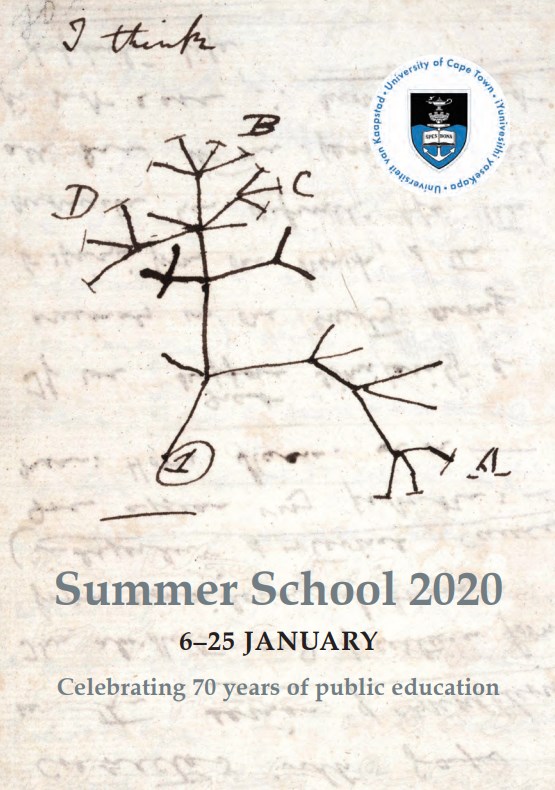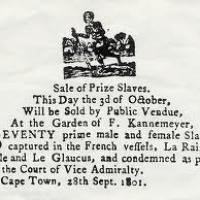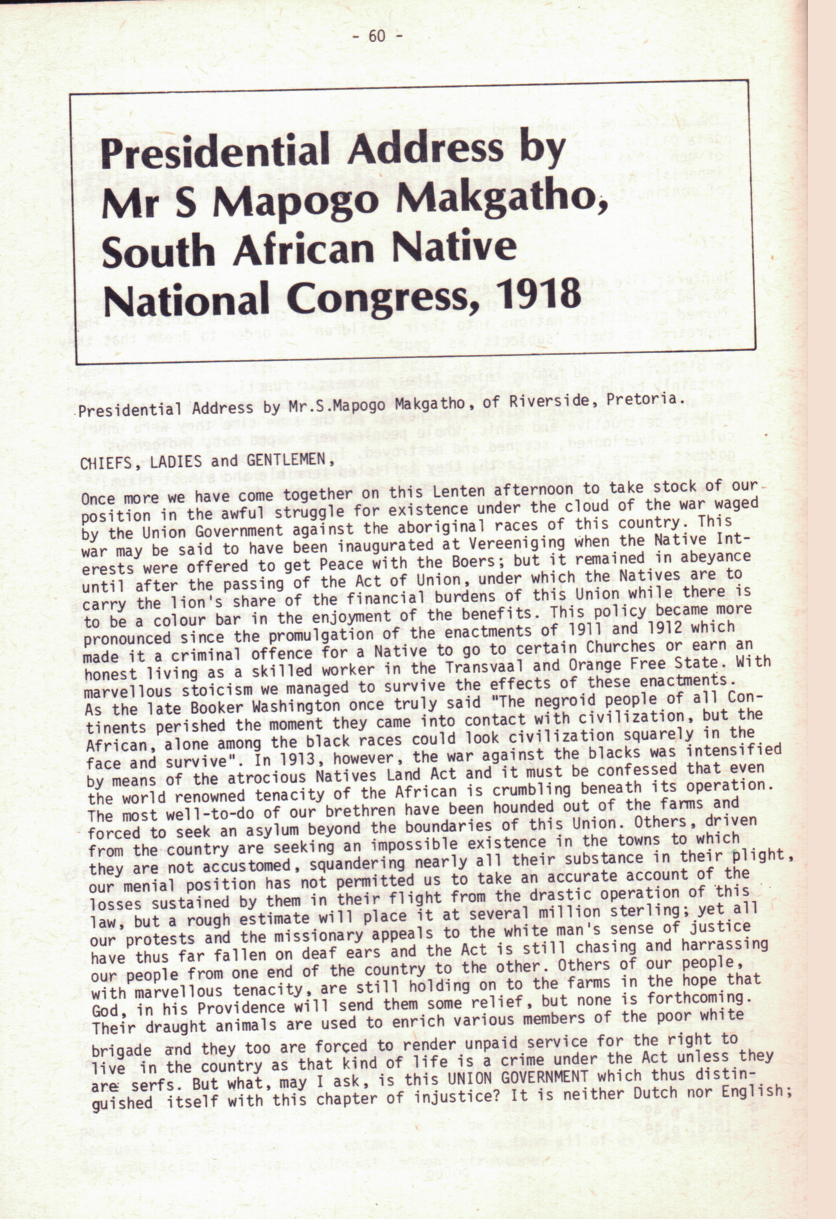Nicodemus Kgoathe
Mxolisi Moyo
Mxolisi Moyo studied photography at the Open School, Johannesburg. He has worked for Post, World and the Tembisa Times. He works mostly in Alexandra and Tembisa, Johannesburg. He was one of the founding members of Afrapix.
Works featured in publications:
Staffrider Vol.2 No.3 Jul-Aug, 1979
Staffrider Vol.4 No.1 Apr-May, 1981
Staffrider Vol.4 No.2 Jul-Aug, 1981
Staffrider Vol.4 No.4 Mar, 1982
Drakensberg Mountain Region, Lesotho
The range is more than 200 kilometres long and combines rugged peaks with verdant valleys and spectacular backdrops. It creates a natural border between the kingdom of Lesotho and the province of KwaZulu-Natal. Its name, Drakensberg, roughly translate to “dragon mountains” or “the mountains of dragons”. And, it’s no wonder that it has earned this name because some of the peaks are mammoth in size and stature. The average height of the range is 2 900 metres. However, it is home to some of the Country’s highest Peaks, which surge up to 3 482 metres above sea level.
Between and amongst these Peaks are Plateaus, Valleys, slopes, and incredible Mountain Passes that make for some of the best hiking, walking and cycling adventures in South Africa. The Drakensberg Mountain Range is one of South Africa’s most spectacular natural wonders, showcasing a selection of the most breath taking, vistas imaginable. The Skurweberg Pass lies on the rim of the Drakensberg Escarpment
It is the highest Mountain range in the Country, reaching an impressive 3 482 metres above sea level. The Drakensberg has a few famous peaks that are favourites to photograph and summit. These include:Champagne Castle; Giant’s Castle: Cathedral Peak, and Mont-Aux-Sources.
It is also home to a number of smaller foothills, stunning Waterfalls, inviting rock pools, fresh mountain Streams, and mysterious Caves. The crisp mountain air and the clear sunshine of KwaZulu-Natal also play their part in creating a very special space for visitors to South Africa and locals alike. Within the Drakensberg of KwaZulu-Natal lies the 243 000 hectare Mountain region that is also a World Heritage Site, known as Ukhahlamba-Drakensberg Park. Not only does it boast some of the most incredible scenic beauty, but it also has over 600 examples of San rock paintings in caves around the park. Staying in the shadow of these Mountains brings immediate breathing space and a chance to unwind. Aside from hiking - and there are innumerable hikes that range in skill and fitness requirements throughout the entire Drakensberg - there are also horse trails, canopy tours, white water rafting, abseiling, local arts and crafts or simply ‘taking the air’ for those with little other than repose in mind.
You can visit and explore the Drakensberg as a day visitor; but, to fully appreciate all that the region has to offer, we recommend a stay of a few nights. Drakensberg Accommodation include hotels, self-catering, Bed & Breakfast and fully catered, luxury lodges. Reviews will help you make your choices!

WHAT AN AMAZING DESCRIPTION OF OUR BEAUTIFUL COUNTRY... IRRESPECTIVE OF WHERE YOU ARE IN THE WORLD NOW! 😍 Author Unknown: I sit here quietly thinking about what it means to me to be South African, a visitor to South Africa, or even African. So it seems easier to rather explain the effect that this unique land has on me... The perfume of rain on African soil. The scent of woodfires drifting across the Highveld on winter evenings. There's a very distinctive aroma just as one starts coming into George / Knysna / Plett (I've never figured out which herb it is), in much the same way the smell of Wild Sage defines the area around Santawani in Botswana. The odour of thatch in a game lodge. The bouquet of dust and the various plants when one gets into the bush, sometimes a whiff of something dead. The tang of the ocean at the seaside. The smell of ‘moer’ coffee over an early morning fire, or the delicious aroma of roasting meat over flames – whether you call it a braai or 'shisa nyama' (but definitely NOT a barbeque, a barbie, or a ghastly NZ sausage sizzle!) There is also something about the light here. “Santorini Blue”... I don’t know if that’s an actual colour, but it seems to describe the hue of the highveld sky on a winter’s day to perfection. We live in “big sky” country – whether blue, or orange in sunset, or dark grey and rent by lightening, or velvet black and filled with stars that seem close enough to touch – the sky is ever present. As is the moon. I am always aware of the moon, from a sickle moon to the full fecund globe that is full moon. Silver light gilding thorn trees, juxtaposed against dark shadows on the savannah, is not a sight one easily forgets. The caw of the ubiquitous, raucous Hadedah in suburbia, the burbling call of a rainbird (Burchell’s Coucal) when a thunderstorm is on its way, the beautiful Diederick’s Cuckoo announcing the arrival of spring, the screech of a Barn Owl, or the evocative call of the Fish Eagle. Jackals calling as the sun goes down, a lion’s roar quite literally making the air reverberate, or the chilling whoops of the hyenas. The cacophony of barking geckos that start up as the sun goes down over Deception Pan, or a veritable orchestra of frogs around a pan in the summer months. Cicadas shrilling on days so hot that the air shimmers, or a nightjar calling in the dead of night in the bushveld. Days of withering heat often followed by the lightest cool breeze, just as the sun is setting. A gentle little wind, which plays with your hair like an absent-minded lover, reminding you that the cool of the night will soon be with you. Walking in the bush very early in the morning, the sun’s rays catch the dew on spiders’ webs, reminding you that life, both seen and unseen, is all around you. Trout fishing as the sun peeps over the horizon in Dullstroom, so cold that the water droplets freeze on your line… The colours of this land are not subtle either. The blood red of the coral tree, the green metallic glint of sunbirds, the striped black and white hide of the zebra, or sapphire blue of a kingfisher. The miles and miles of yellow and orange daisies in Namaqualand in September, or pink and white swathes of cosmos along the roads in April. The lilac and turquoise of the roller, the tawny hide of a lion or the emerald green of a little dung beetle that makes its appearance in the summer months. From the golden dunes of the Namib to an unimaginable number of greens in the Knysna Forest. All vivid and arresting. Talk to me of Morrungulo or Tsodilo Hills, the great Drakensberg, Platteland 'dorps' and the great Karoo. The warmth of Sodwana Bay or the icy kelp forests of the Atlantic Ocean. Of wine farms and fynbos in the Cape, to meerkats and diamonds in the north. Show me our people, in so many hues, with brightly coloured traditional costumes – and even brighter smiles. All of this creates a frisson of excitement, passion each and every day, a vivid, immediate sense of being alive that I have found nowhere else…. These are my people. This is my land. Because I am, at the very core of my being, a child of Africa! ❤️
Mount Currie Nature Reserve, KZN-Kokstad
Vaalkop National Park, North West
Borakalalo National Park, North of Brits
UCT Summer School 2020


Please note the following history related courses will be offered at the 2020 UCT Summer School.
Local and South African History
MASSACRE ON THE FRONTIERS DURING THE REVOLUTIONARY PERIOD: 1780–1820
Professor Nigel Penn, Department of Historical Studies, University of Cape Town
13–17 January < 3.00 pm < COURSE FEES Full R590 Staff & Students R295
Slavery abolished in the Cape

